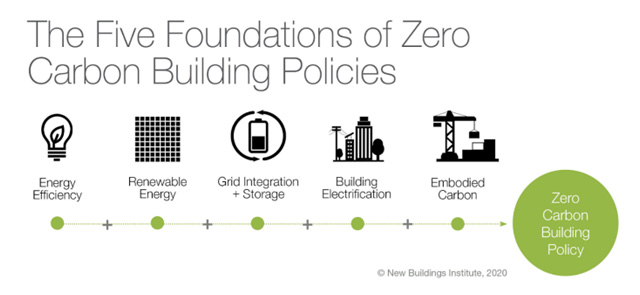Building decarbonization was a hot topic at the recent GSC event; Here’s how you can build your roadmap for success.
By Justin Benoit, Senior Project Manager, CEM
The recent Green Schools Conference, hosted in-person in New Orleans across three days in February/March 2023, was a packed event including programming featuring peer-to-peer content and networking, keynotes, and interactive educational sessions. Of particular note for those of us involved in managing, improving and maintaining school district facilities was the topic of building decarbonization and sustainability.
In this article, I am going to explore how “going green” can help your urban or suburban district reduce its carbon footprint while simultaneously providing funding for needed aging building retrofits and replacements.

While the overarching goal is to reduce your facilities’ carbon emissions and the impact that they have on the environment, something that we discussed and heard very often during the conference was that when considering carbon emissions, energy efficiency and sustainability, there are multiple facets involved in achieving whole school and whole district sustainability.
The NBI identifies five foundations which offer practical areas of consideration for creating your own school district building decarbonization and sustainability roadmap. Many of these areas can be addressed during an energy audit under an Energy Performance Contract project.

1) Energy Efficiency.
This includes LED lighting, daylighting, ventilation, heating and air conditioning, boilers, roof-top units (RTUs), heat recovery, building envelope, and equipment and plug load management.
2) Renewable Energy.
This includes rooftop and on-campus solar PV, and purchased credits or tariffs from your utility.
3) Grid Integration and Storage.
This foundational element, also called “Grid Harmonization” refers to time of use, battery storage, grid integration, and load management.
4) Building Electrification.
This includes boiler replacement with heat pumps, kitchen loads, and fleet and electric vehicle charging stations.
5) Embodied Carbon.
This foundational element, also called “Lifecycle Impacts” refers to selecting and using concrete, steel, refrigerants and other building materials – so-called “embodied carbon” that is sourced and applied in a sustainable way.
Building Next Generation Learning Environments
Some of these foundational areas offer surprising benefits that fall well beyond simple decarbonization. For example, during the GCG event, we saw many examples of school building retrofits that included large, floor-to-ceiling windows that allowed in natural lighting and the ability to build spaces for students that were open areas where students could work or relax. This type of daylighting simultaneously reduces the need for lighting while improving the overall learning environment.
Some of the examples presented went far beyond what we might consider typical learning-focused approaches and instead work to improve the overall community environment. These included adding green spaces and sustainably-sourced trees and playground areas by removing parking spaces. Another example included building rooftop gardens in an urban district to enable students to be directly involved in sustainable and energy-efficient practices. A different example included adding both a large garden where students raised produce and a chicken coop where students care for the chickens and benefit from the eggs they produce. And still one more unique example involved bee-keeping. I’m not sure where this fits in the scope of energy reduction and efficiency, but it’s certainly a memorable approach to sustainability.
Each of these innovative ideas succeed in creating a different learning environment and moving the districts toward a more sustainable and energy-efficient approach to schooling.
Building Equity into the Learning Environment
Finally, something discussed throughout the conference was the idea of improving and providing equity, certainly in education, but also as it applies to the learning environment and sustainability, including introducing children to different opportunities. Educators discussed the importance of ensuring that every student has an equal opportunity to succeed. They recognized the difficulties of balancing equity with addressing schools’ aging infrastructures and daily maintenance – especially those in urban districts.
Many districts struggle to find the financial resources necessary to accomplish the types of upgrades and retrofits discussed at the conference. But all districts are looking for ways to modernize and rebuild healthy facilities that benefit their teachers, students, and communities.
We take a holistic approach to the foundations and strategies discussed above and look for ways to address them through an EPC assessment and walkthrough of your facilities. A properly managed EPC project can provide the balance you want between building decarbonization, sustainability and energy efficiency without high costs to your district.
Also of Interest
Ossining School District’s Energy Performance Contract is a GO!
What to do NOW Before the Windows Close for ARP ESSER and IRA Funding


